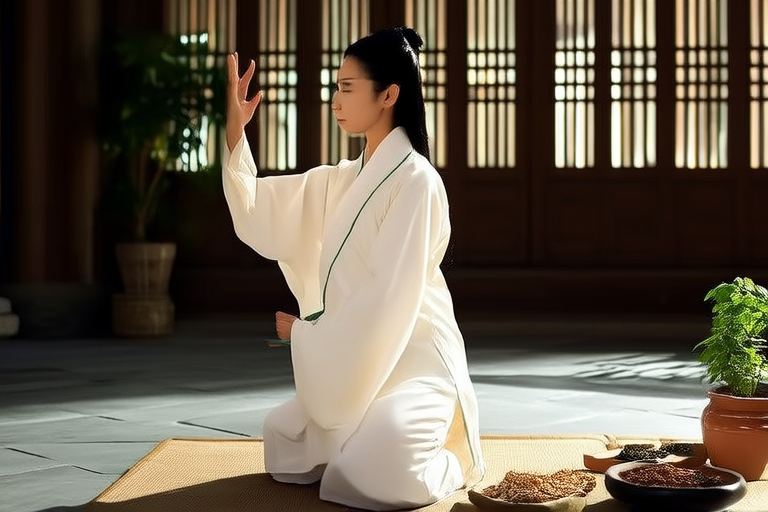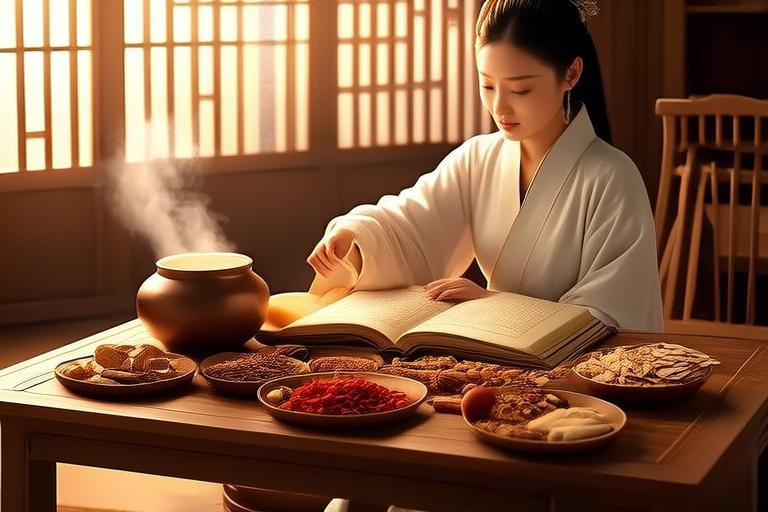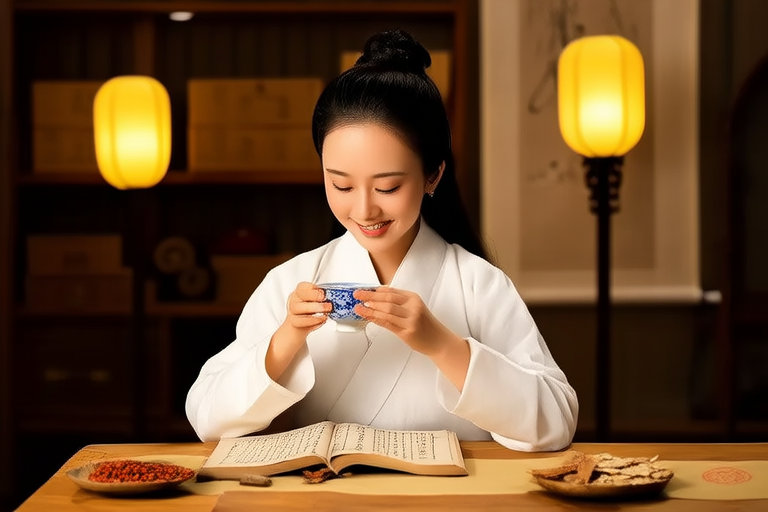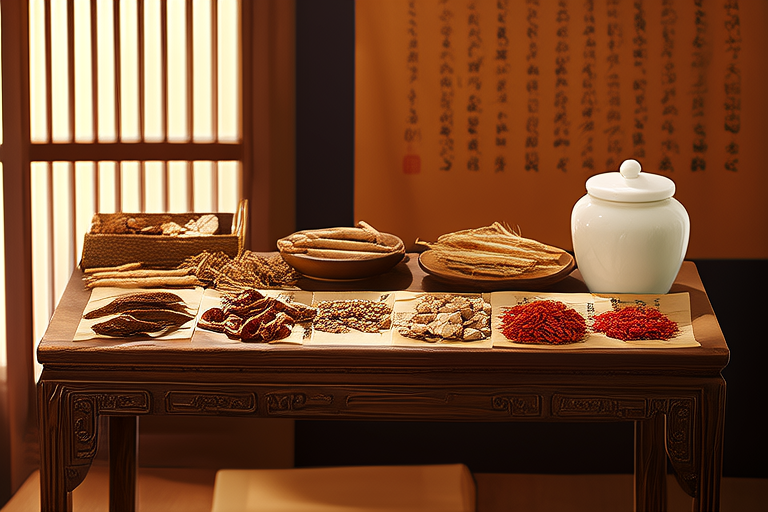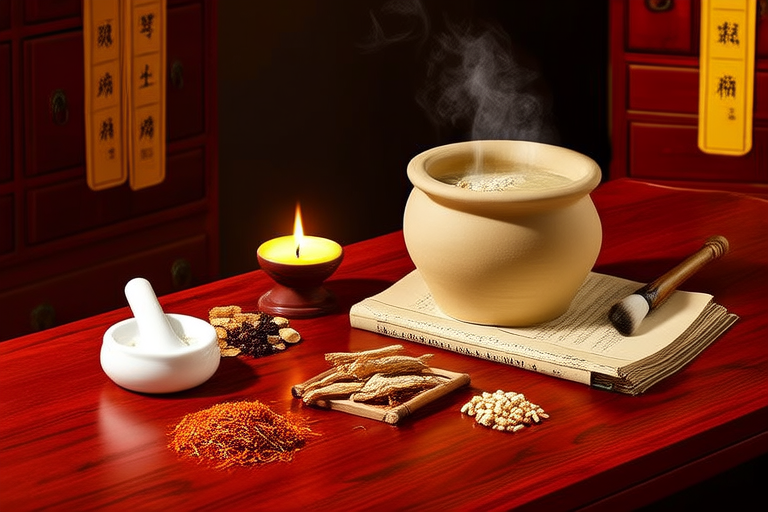Harmonizing Body and Mind: The Art of Health Preservation in Traditional Chinese Medicine
Introduction: The Philosophy of Balance in TCM
In a world increasingly dominated by fast-paced lifestyles, stress, and chronic illnesses, the ancient wisdom of Traditional Chinese Medicine (TCM) offers a refreshing perspective on health preservation. At its core, TCM emphasizes the harmonious balance between body and mind as the foundation of well-being. Unlike modern medicine, which often focuses on treating symptoms after they arise, TCM prioritizes prevention and holistic health. This approach is rooted in the belief that true health stems from nurturing the interconnectedness of physical, emotional, and spiritual aspects of life.
The art of health preservation in TCM revolves around maintaining equilibrium within the body and aligning it with the natural rhythms of the universe. By understanding and applying key principles such as Qi, Yin-Yang, and the Five Elements, individuals can cultivate resilience, prevent illness, and enhance their quality of life. This article delves into these foundational concepts and explores practical methods like acupuncture, herbal medicine, dietary therapy, and exercises such as Tai Chi and Qigong, offering insights into how these practices promote holistic well-being.
The Pillars of TCM: Qi, Yin-Yang, and the Five Elements
Central to TCM is the concept of Qi (pronounced “chee”), often translated as “vital energy” or “life force.” Qi flows through the body along pathways known as meridians, nourishing organs, tissues, and systems. When Qi is abundant and flowing freely, the body remains healthy. However, blockages or imbalances in Qi can lead to illness and discomfort. TCM practitioners aim to restore the smooth flow of Qi through various modalities, ensuring vitality and balance.
Another cornerstone of TCM is the principle of Yin-Yang, which represents the dynamic interplay of opposites. Yin symbolizes qualities such as calmness, coolness, and receptivity, while Yang embodies activity, warmth, and assertiveness. Health is achieved when Yin and Yang are in harmony; an excess or deficiency of either disrupts this balance, leading to disease. For example, excessive Yang might manifest as inflammation or hyperactivity, while deficient Yin could result in fatigue or dryness.
The Five Elements theory—Wood, Fire, Earth, Metal, and Water—further expands on the interconnectedness of nature and the human body. Each element corresponds to specific organs, emotions, seasons, and functions. For instance, Wood relates to the liver and anger, while Water pertains to the kidneys and fear. Understanding these relationships allows practitioners to diagnose and address imbalances more effectively, fostering a deeper connection between the individual and their environment.
Practical Methods for Health Preservation in TCM
Acupuncture: Restoring Flow and Balance
Acupuncture is one of the most widely recognized TCM therapies, involving the insertion of fine needles into specific points along the body’s meridians. This practice aims to regulate the flow of Qi, alleviate pain, and restore balance. Modern research supports acupuncture’s effectiveness in managing conditions such as chronic pain, migraines, and anxiety. Beyond symptom relief, acupuncture promotes long-term wellness by addressing underlying imbalances and enhancing the body’s self-healing mechanisms.
Herbal Medicine: Nature’s Pharmacy
TCM places great emphasis on the use of herbs to support health and prevent illness. Herbal formulas are carefully tailored to an individual’s unique constitution and condition, often combining multiple plants to achieve synergistic effects. Commonly used herbs include ginseng for energy, astragalus for immune support, and goji berries for nourishment. These remedies work gently over time, reinforcing the body’s natural defenses and promoting harmony.
Dietary Therapy: Nourishing the Body According to TCM Principles
In TCM, food is considered medicine, and dietary choices play a crucial role in maintaining balance. Foods are categorized based on their energetic properties—hot, warm, neutral, cool, or cold—and their ability to tonify Yin or Yang. For example, ginger and garlic are warming foods that invigorate Yang, while cucumber and watermelon have cooling properties that nourish Yin. Seasonal eating is also encouraged, aligning one’s diet with the changing needs of the body throughout the year.
Mind-Body Exercises: Tai Chi and Qigong
Tai Chi and Qigong are gentle, meditative exercises that integrate movement, breathwork, and mindfulness. These practices help cultivate Qi, improve circulation, reduce stress, and enhance mental clarity. Regular practice strengthens the body, calms the mind, and fosters a sense of inner peace. Both exercises are accessible to people of all ages and fitness levels, making them ideal tools for lifelong health preservation.
Promoting Holistic Well-Being and Preventing Illness
One of the most profound aspects of TCM is its focus on prevention rather than cure. By addressing imbalances before they manifest as disease, individuals can maintain optimal health and vitality. TCM views each person as a unique microcosm influenced by internal and external factors, including emotions, lifestyle, environment, and genetics. This personalized approach ensures that interventions are tailored to the individual’s specific needs.
For instance, someone experiencing frequent fatigue might be advised to strengthen their Qi through acupuncture, adaptogenic herbs, and energy-boosting foods. Simultaneously, they may learn stress-reduction techniques such as meditation or Qigong to address emotional contributors to their condition. By integrating multiple modalities, TCM addresses the root causes of imbalance, fostering sustainable well-being.
Moreover, TCM encourages individuals to take an active role in their health journey. Practices like mindful eating, regular exercise, and emotional self-awareness empower people to make informed choices that align with their body’s needs. This proactive mindset not only prevents illness but also enhances overall quality of life.
Integrating TCM Wisdom into Modern Lifestyles
In today’s fast-paced world, the timeless principles of TCM offer valuable guidance for achieving sustainable health. While modern medicine excels at acute care and technological advancements, it often overlooks the importance of prevention and holistic healing. By incorporating TCM practices into daily routines, individuals can bridge this gap and create a more balanced approach to wellness.
Simple steps such as practicing deep breathing exercises, incorporating seasonal produce into meals, or dedicating 10 minutes a day to Tai Chi can yield significant benefits. Additionally, cultivating awareness of one’s emotional state and learning to manage stress through mindfulness can profoundly impact physical health. These small yet consistent efforts reflect the essence of TCM: nurturing the body and mind to thrive in harmony.
As interest in integrative medicine grows, there is increasing recognition of the value TCM brings to contemporary healthcare. By blending ancient wisdom with modern science, we can develop a comprehensive framework for health preservation that honors both tradition and innovation. Ultimately, the goal is not merely to live longer but to live better—with vitality, purpose, and joy.
Conclusion: Embracing the Art of Health Preservation
Traditional Chinese Medicine offers a profound and enduring philosophy of health preservation, emphasizing the inseparable connection between body and mind. Through its principles of Qi, Yin-Yang, and the Five Elements, TCM provides a roadmap for achieving balance and preventing illness. Practical methods such as acupuncture, herbal medicine, dietary therapy, and mind-body exercises empower individuals to take charge of their well-being in meaningful ways.
As we navigate the complexities of modern life, the wisdom of TCM reminds us to slow down, listen to our bodies, and honor the rhythms of nature. By integrating these timeless practices into our daily lives, we can cultivate resilience, foster harmony, and embrace a path toward sustainable health. In doing so, we not only preserve our own well-being but also contribute to a healthier, more balanced world.






